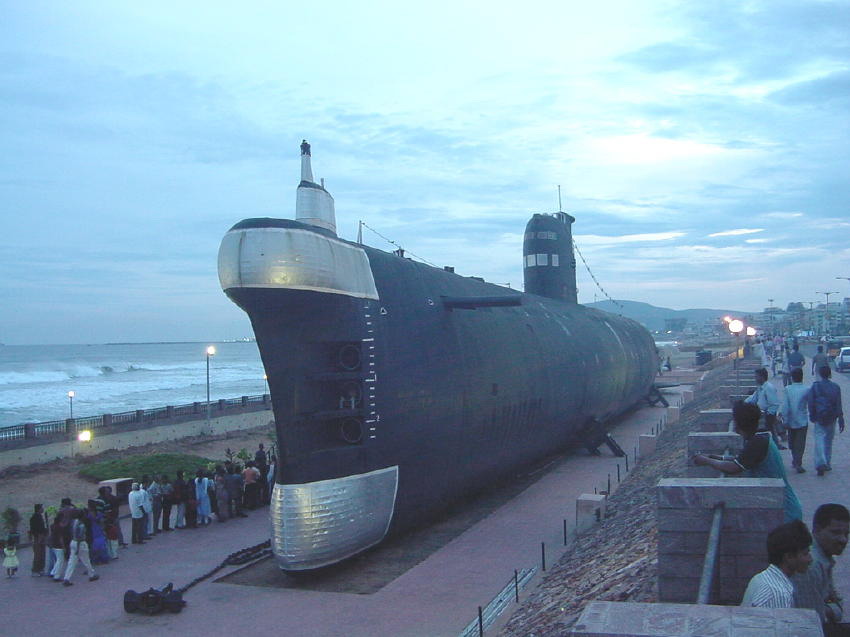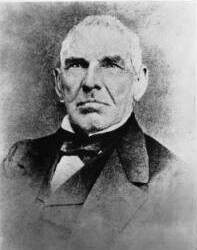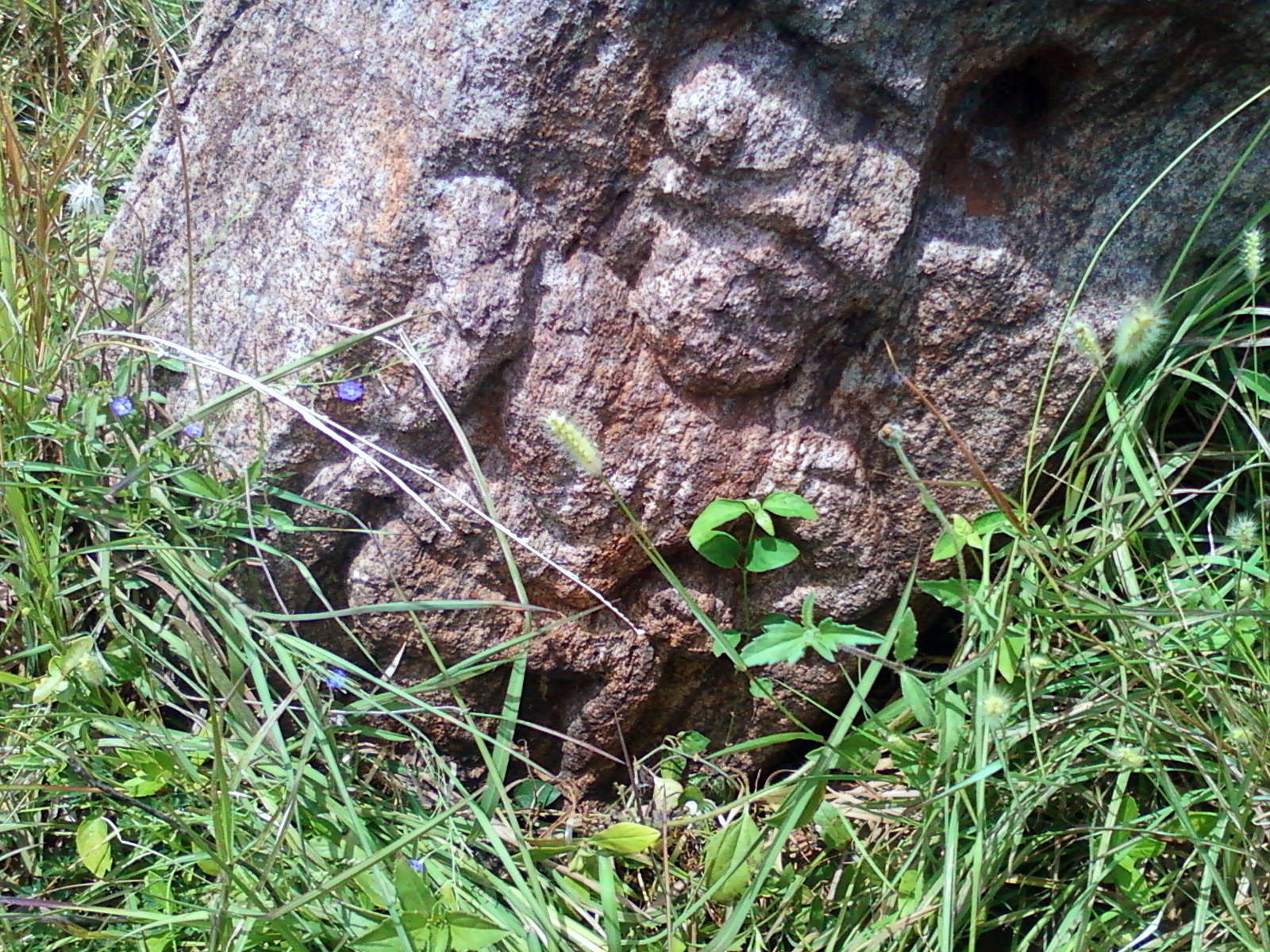|
Foxtrot-class Submarine
The Foxtrot class was the NATO reporting name of a class of diesel-electric patrol submarines that were built in the Soviet Union. The Soviet designation of this class was Project 641. The Foxtrot class was designed to replace the earlier Zulu class, which suffered from structural weaknesses and harmonic vibration problems that limited its operational depth and submerged speed. The first Foxtrot keel was laid down in 1957 and commissioned in 1958 and the last was completed in 1983. A total of 58 were built for the Soviet Navy at the Sudomekh division of the Admiralty Shipyard (now Admiralty Wharves), Saint Petersburg.Korabli VMF SSSR, Vol. 1, Part 2, Yu. Apalkov, Sankt Peterburg, 2003, Additional hulls were built for other countries. The Foxtrot class was comparable in performance and armament to most contemporary designs. However, its three screws made it noisier than most Western designs. Moreover, the Foxtrot class was one of the last designs introduced before the adoption of ... [...More Info...] [...Related Items...] OR: [Wikipedia] [Google] [Baidu] |
Saint Petersburg
Saint Petersburg ( rus, links=no, Санкт-Петербург, a=Ru-Sankt Peterburg Leningrad Petrograd Piter.ogg, r=Sankt-Peterburg, p=ˈsankt pʲɪtʲɪrˈburk), formerly known as Petrograd (1914–1924) and later Leningrad (1924–1991), is the second-largest city in Russia. It is situated on the Neva River, at the head of the Gulf of Finland on the Baltic Sea, with a population of roughly 5.4 million residents. Saint Petersburg is the fourth-most populous city in Europe after Istanbul, Moscow and London, the most populous city on the Baltic Sea, and the world's northernmost city of more than 1 million residents. As Russia's Imperial capital, and a historically strategic port, it is governed as a federal city. The city was founded by Tsar Peter the Great on 27 May 1703 on the site of a captured Swedish fortress, and was named after apostle Saint Peter. In Russia, Saint Petersburg is historically and culturally associated with t ... [...More Info...] [...Related Items...] OR: [Wikipedia] [Google] [Baidu] |
Russian Annexation Of Crimea (2014)
In February and March 2014, Russia invaded and subsequently annexed the Crimean Peninsula from Ukraine. This event took place in the aftermath of the Revolution of Dignity and is part of the wider Russo-Ukrainian War. The events in Kyiv that ousted Ukrainian president Viktor Yanukovych on 22 February 2014 sparked pro-Russian demonstrations as of 23 February against the (prospected) new Ukrainian government. At the same time Russian president Vladimir Putin discussed Ukrainian events with security service chiefs remarking that "we must start working on returning Crimea to Russia". On 27 February, Russian troops captured strategic sites across Crimea, followed by the installation of the pro-Russian Aksyonov government in Crimea, the Crimean status referendum and the declaration of Crimea's independence on 16 March 2014. Although Russia initially claimed their military was not involved in the events, Putin later admitted that troops were deployed to "stand behind Crimea's s ... [...More Info...] [...Related Items...] OR: [Wikipedia] [Google] [Baidu] |
Long Beach, California
Long Beach is a city in Los Angeles County, California. It is the 42nd-most populous city in the United States, with a population of 466,742 as of 2020. A charter city, Long Beach is the seventh-most populous city in California. Incorporated in 1897, Long Beach lies in Southern California in the southern part of Los Angeles County. Long Beach is approximately south of downtown Los Angeles, and is part of the Gateway Cities region. The Port of Long Beach is the second busiest container port in the United States and is among the world's largest shipping ports. The city is over an oilfield with minor wells both directly beneath the city as well as offshore. The city is known for its waterfront attractions, including the permanently docked and the Aquarium of the Pacific. Long Beach also hosts the Grand Prix of Long Beach, an IndyCar race and the Long Beach Pride Festival and Parade. California State University, Long Beach, one of the largest universities in California b ... [...More Info...] [...Related Items...] OR: [Wikipedia] [Google] [Baidu] |
Soviet Submarine B-427
''B-427'' was a Project 641 () diesel-electric attack submarine of the Soviet Navy. The "B" (actually "Б") in her designation stands for большая (''bolshaya'', "large"). Commissioned in 1971, the submarine operated with the Russian Pacific Fleet until decommissioning in 1994. The boat was sold to a group of Australian businessmen, who converted her into a museum vessel, which was placed on display at the Australian National Maritime Museum (under the name Foxtrot-540) from 1995 until 1998, then at Long Beach, California (under the name Podvodnaya Lodka B-427 ''Scorpion'') in 1998. The submarine fell into disrepair, and has been closed to the public since 2015. Decommissioning and preservation The submarine was decommissioned by the Russian Navy in December 1994. She was one of the last three Foxtrot-class submarines to serve in the Russian Pacific Fleet. The boat was acquired by a group of Australian businessmen on a three-year lease purchase contract, and was towed ... [...More Info...] [...Related Items...] OR: [Wikipedia] [Google] [Baidu] |
Soviet Submarine B-59
Soviet submarine ''B-59'' (''russian: Б-59'') was a Project 641 or Foxtrot-class diesel-electric submarine of the Soviet Navy. It played a key role near Cuba during the Cuban Missile Crisis, when senior officers—out of contact with Moscow and the rest of the world, believing they were under attack and possibly at war—considered firing a T-5 nuclear torpedo at US ships. Background On October 1, 1962, the Project 641 oxtrotdiesel-electric submarine ''B-59'', as the flagship of a detachment with its sister ships ''B-4'', ''B-36'' and ''B-130'', sailed from its base on the Kola Peninsula to the Caribbean Sea, in support of Soviet arms deliveries to Cuba (an operation known to the Soviets as ''Anadyr''). However, on October 27, units of the United States Navy – the aircraft carrier USS ''Randolph'' and 11 destroyers – detected ''B-59'' near Cuba. US vessels began dropping depth charges of the type used for naval training and containing very little charge, no ... [...More Info...] [...Related Items...] OR: [Wikipedia] [Google] [Baidu] |
Soviet Submarine B-37
Soviet submarine ''B-37'' (russian: Б-37) was a Project 641 or diesel submarine of the Soviet Navy's Northern Fleet. Service history On 11 January 1962, the submarine was tied up at the pier in Ekaterininsky Bay of Polarny naval base, with all watertight doors open, while conducting maintenance and testing of her torpedo A modern torpedo is an underwater ranged weapon launched above or below the water surface, self-propelled towards a target, and with an explosive warhead designed to detonate either on contact with or in proximity to the target. Historically, s ...es. A fire broke out in the torpedo compartment, probably due to hydrogen gas igniting when electrical equipment was energized. All eleven torpedoes cooked off. The submarine was instantly destroyed with all hands except the commanding officer Captain Second Rank Begeba who was on the pier at the time of explosion, and Captain Third Rank Jakubenko, who was on another part of the sub base. , a Project 633 or ... [...More Info...] [...Related Items...] OR: [Wikipedia] [Google] [Baidu] |
FoxTrot 480 0044
The foxtrot is a smooth, progressive dance characterized by long, continuous flowing movements across the dance floor. It is danced to big band (usually vocal) music. The dance is similar in its look to waltz, although the rhythm is in a time signature instead of . Developed in the 1910s, the foxtrot reached its height of popularity in the 1930s and remains practiced today. History The dance was premiered in 1914, quickly catching the eye of the husband and wife duo Vernon and Irene Castle, who gave the dance its signature grace and style. The origin of the name of the dance is unclear, although one theory is that it took its name from its popularizer, the vaudevillian Harry Fox. Two sources, Vernon Castle and dance teacher Betty Lee, credit African American dancers as the source of the foxtrot. Castle saw the dance, which "had been danced by negroes, to his personal knowledge, for fifteen years, ta certain exclusive colored club". W. C. Handy ("Father of the Blues" ... [...More Info...] [...Related Items...] OR: [Wikipedia] [Google] [Baidu] |
FoxTrot 480 0022
The foxtrot is a smooth, progressive dance characterized by long, continuous flowing movements across the dance floor. It is danced to big band (usually vocal) music. The dance is similar in its look to waltz, although the rhythm is in a time signature instead of . Developed in the 1910s, the foxtrot reached its height of popularity in the 1930s and remains practiced today. History The dance was premiered in 1914, quickly catching the eye of the husband and wife duo Vernon and Irene Castle, who gave the dance its signature grace and style. The origin of the name of the dance is unclear, although one theory is that it took its name from its popularizer, the vaudevillian Harry Fox. Two sources, Vernon Castle and dance teacher Betty Lee, credit African American dancers as the source of the foxtrot. Castle saw the dance, which "had been danced by negroes, to his personal knowledge, for fifteen years, ta certain exclusive colored club". W. C. Handy ("Father of the Blues") ... [...More Info...] [...Related Items...] OR: [Wikipedia] [Google] [Baidu] |
FoxTrot 480 0023
The foxtrot is a smooth, progressive dance characterized by long, continuous flowing movements across the dance floor. It is danced to big band (usually vocal) music. The dance is similar in its look to waltz, although the rhythm is in a time signature instead of . Developed in the 1910s, the foxtrot reached its height of popularity in the 1930s and remains practiced today. History The dance was premiered in 1914, quickly catching the eye of the husband and wife duo Vernon and Irene Castle, who gave the dance its signature grace and style. The origin of the name of the dance is unclear, although one theory is that it took its name from its popularizer, the vaudevillian Harry Fox. Two sources, Vernon Castle and dance teacher Betty Lee, credit African American dancers as the source of the foxtrot. Castle saw the dance, which "had been danced by negroes, to his personal knowledge, for fifteen years, ta certain exclusive colored club". W. C. Handy ("Father of the Blues" ... [...More Info...] [...Related Items...] OR: [Wikipedia] [Google] [Baidu] |
FoxTrot 480 0026
The foxtrot is a smooth, progressive dance characterized by long, continuous flowing movements across the dance floor. It is danced to big band (usually vocal) music. The dance is similar in its look to waltz, although the rhythm is in a time signature instead of . Developed in the 1910s, the foxtrot reached its height of popularity in the 1930s and remains practiced today. History The dance was premiered in 1914, quickly catching the eye of the husband and wife duo Vernon and Irene Castle, who gave the dance its signature grace and style. The origin of the name of the dance is unclear, although one theory is that it took its name from its popularizer, the vaudevillian Harry Fox. Two sources, Vernon Castle and dance teacher Betty Lee, credit African American dancers as the source of the foxtrot. Castle saw the dance, which "had been danced by negroes, to his personal knowledge, for fifteen years, ta certain exclusive colored club". W. C. Handy ("Father of the Blues" ... [...More Info...] [...Related Items...] OR: [Wikipedia] [Google] [Baidu] |
Vizag Submarine Museum
, image_alt = , image_caption = From top, left to right: Visakhapatnam aerial view, Vizag seaport, Simhachalam Temple, Aerial view of Rushikonda Beach, Beach road, Novotel, Novotel Visakhapatnam, INS Kursura (S20), INS Kursura submarine museum, Vizag skyline, Kambalakonda wildlife sanctuary , etymology = , nickname = The City of DestinyThe Jewel of the East Coast , image_map = , map_caption = , pushpin_map = India Visakhapatnam#India Andhra Pradesh#India#Asia#Earth , pushpin_label_position = left , pushpin_map_alt = , pushpin_map_caption = , coordinates = {{coord, 17, 42, 15, N, 83, 17, 52, E, display=inline,title , subdivision_type = Country , subdivision_name = {{flag, India , subdivision_type1 = States and union territories of India, State , subdivision_name1 = Andhra Pradesh , subdivision_type2 = ... [...More Info...] [...Related Items...] OR: [Wikipedia] [Google] [Baidu] |
Depth Charge
A depth charge is an anti-submarine warfare (ASW) weapon. It is intended to destroy a submarine by being dropped into the water nearby and detonating, subjecting the target to a powerful and destructive Shock factor, hydraulic shock. Most depth charges use explosive, high explosive charges and a fuze set to detonate the charge, typically at a specific depth. Depth charges can be dropped by ships, patrol aircraft, and helicopters. Depth charges were developed during World War I, and were one of the first viable methods of attacking a submarine underwater. They were widely used in World War I and World War II, and remained part of the anti-submarine arsenals of many navies during the Cold War, during which they were supplemented, and later largely replaced, by anti-submarine homing torpedoes. A depth charge fitted with a nuclear warhead is also known as a "nuclear depth bomb". These were designed to be dropped from a patrol plane or deployed by an anti-submarine missile from a s ... [...More Info...] [...Related Items...] OR: [Wikipedia] [Google] [Baidu] |





